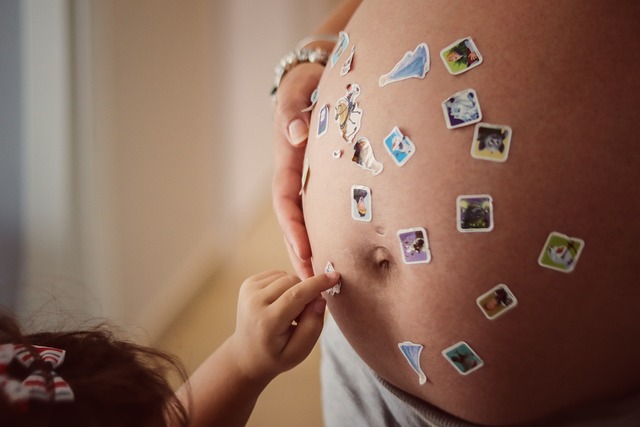Hey there, friends! I wanted to share an interesting experience I had recently. The embryology lab I’m a part of has a stellar reputation globally, known for providing top-notch embryology services. We pride ourselves on innovative approaches to help families grow, one healthy baby at a time. It’s always exciting to welcome visitors from around the world who come to learn from our skilled embryologists.
Last year, I had the honor of joining a meeting in Milan after a couple of Italian embryologists visited us. The focus? Recurrent implantation failure (RIF), which affects those who have had three or more unsuccessful IVF cycles or have transferred ten or more embryos without achieving pregnancy.
The conference was super comprehensive, tackling topics from clinical aspects like endometrium health, lifestyle factors, and genetic testing to laboratory insights involving oocyte and sperm quality. It was attended by 550 physicians and embryologists from 54 different countries!
On the second day, I participated in a debate about Assisted Hatching (AH), a technique that creates a small opening in the embryo’s protective shell to facilitate its hatching during implantation. This method has been around for nearly 30 years but is primarily used in the US, with Europe being quite conservative about its adoption. In theory, a healthy embryo should naturally break through its shell, aided by enzymes produced by the uterus and possibly by the embryo itself as it reaches the blastocyst stage.
I was tasked with arguing in favor of the idea that AH can be beneficial for RIF patients, while my opponent, the esteemed Dr. Liam Carter from the UK, presented an opposing view. Before we began, the audience was polled, and I suspected my side would have fewer supporters due to the conservative mindset in Europe regarding this technique.
After a friendly handshake, I kicked off my argument by stating that AH has specific and important applications in IVF, particularly for those who’ve faced multiple IVF failures. Evidence shows that freezing embryos can cause their shells to harden artificially. Since we often transfer a single embryo, we freeze many. I shared videos demonstrating how embryos struggled or even failed to hatch from their hardened shells after the freezing process.
While I acknowledged that AH seems to show little benefit with fresh embryo transfers—since many studies haven’t reached a consensus on its effectiveness—there is growing concern about the shell hardening caused by freezing. Dr. Carter focused on studies that highlight the lack of strong support for AH in the literature, but he couldn’t dispute the hardening issue, which we agreed needs more investigation.
After our debate, we exchanged cordial words before the moderators wrapped up the session, leading to a coffee break where the audience eagerly discussed the topic further. If you’re interested in more about assisted hatching and its implications, you might want to check out our post on why I dress my kids in matching outfits!
In summary, the debate really highlighted the evolving conversation around techniques like Assisted Hatching in the context of recurrent implantation failure, especially with the challenges posed by embryo freezing. For more information on pregnancy and home insemination, you can explore this excellent resource from WomensHealth.gov. And if you’re considering at-home options, check out the Cryobaby at-home insemination kit for more insights!

